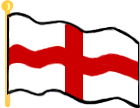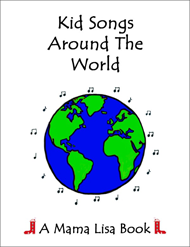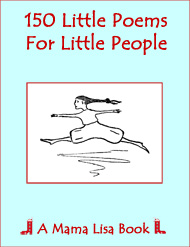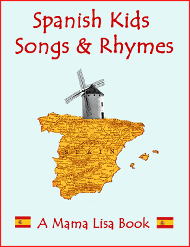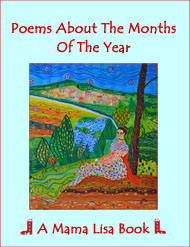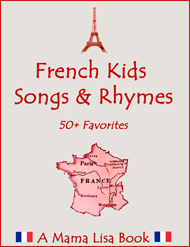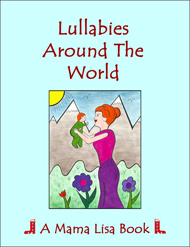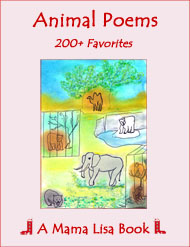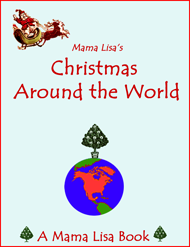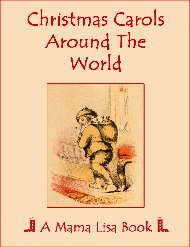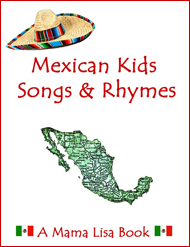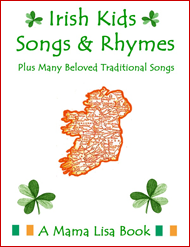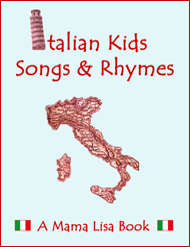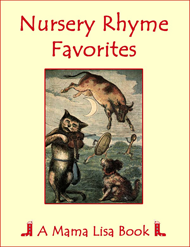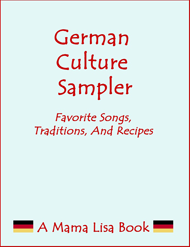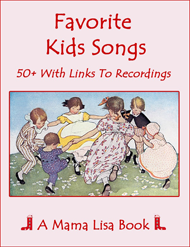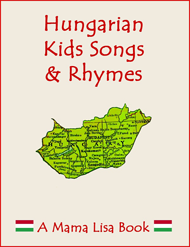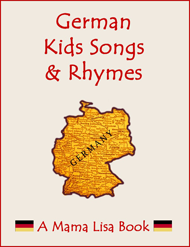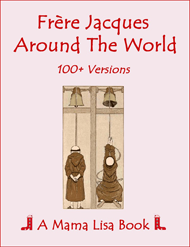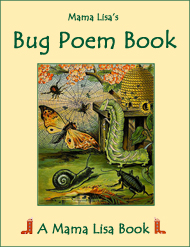There Were Two Birds Sitting on a Stone
This rhyme reminds me of Two Little Blackbirds Sitting on a Wall...
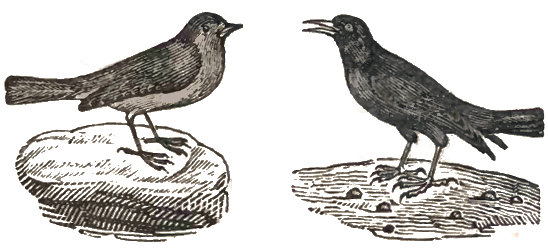
There Were Two Birds Sitting on a Stone
Nursery Rhyme
There were two birds sitting on a stone,
Fa, la, la, la, lal, de.
One flew away, and then there was one,
Fa, la, la, la, lal, de.
The other flew after, and then there was none,
Fa, la, la, la, lal, de.
And so the poor stone was left all alone,
Fa, la, la, la, lal, de!
Notes
Here's the version from The Only True Mother Goose Melodies (c. 1833) - you can hear it in the mp3:
There were two birds upon a stone,
Fal de ral--al de ral--laddy.
One flew away, and then there was one,
Fal de ral--al de ral--laddy.
The other flew after, and then there was none,
Fal de ral--al de ral--laddy.
So the poor stone was left all alone,
Fal de ral--al de ral--laddy.
One of these little birds back again flew,
Fal de ral--al de ral--laddy.
The other came after, and then there were two,
Fal de ral--al de ral--laddy.
Says one to the other, Pray how do you do,
Fal de ral--al de ral--laddy.
Very well, thank you, and pray how are you,
Fal de ral--al de ral--laddy.
Percy B. Green, author of "A History of Nursery Rhymes" (1899) noted, "In James I's time the ending of ballads ran with a tuneful 'Fa, la, la, la, lal, de'... Halliwell gives 'The tale of two birds sitting on a stone' the same date." (Halliwell also wrote books about nursery rhymes.)
James I lived from 1566 - 1625, so this is a very old rhyme.
Here's a slightly different version of this rhyme:
There were two birds sat on a stone,
Fa, la, la, la, lal, de;
One flew away, and then there was one,
Fa, la, la, la, lal, de;
The other bird flew after,
And then there was none,
Fa, la, la, la, lal, de;
And so the stone
Was left alone,
Fa, la, la, la, lal, de.
Here's another version from Harry's Ladder to Learning (1850):
There were three crows sat on a stone,
Fal la, la la lal de.
Two flew away, and then there was one,
Fal la, la la lal de.
The other crow finding himself alone,
Fal la, la la lal de.
He flew away, and then there was none,
Fal la, la la lal de.
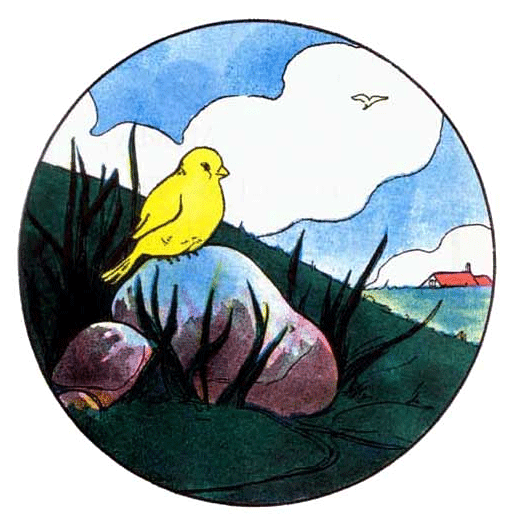

Thanks and Acknowledgements
The second version of this rhyme and the illustration can be found in The Real Mother Goose (1916), illustrated by Blanche Fisher Wright.The 2nd illustration is from The Only True Mother Goose Melodies (published and copyrighted in Boston in 1833 by Munroe & Francis).


